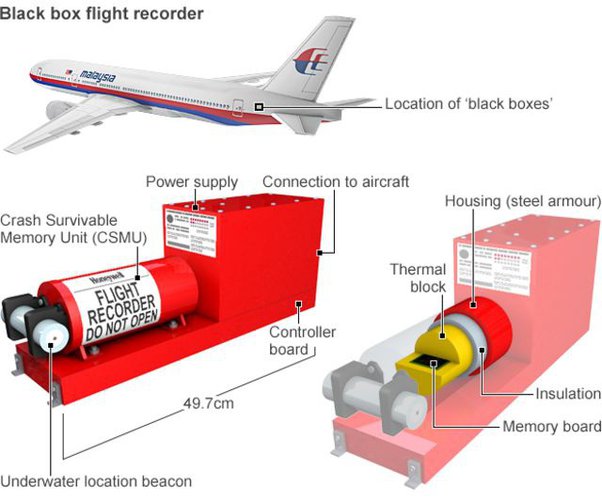By TechZoneNews.al
When an aircraft accident occurs, one of the first terms you hear in the news is “black box.” Despite the name, black boxes are not black—they’re bright orange to be easily located in the wreckage. But what exactly do these devices record, and why are they so vital to aviation safety?
What Is a Black Box?
The term “black box” refers to two separate flight recording devices installed in every commercial aircraft:
- Flight Data Recorder (FDR)
- Cockpit Voice Recorder (CVR)
Both are designed to survive extreme conditions such as high-impact crashes, deep-sea pressures, and intense fires. They are encased in hardened titanium or steel, with insulation that protects the internal memory.
What Does the Flight Data Recorder (FDR) Capture?
The FDR collects a wide range of flight parameters that help investigators reconstruct what happened during a flight. This includes:
- Altitude
- Airspeed
- Engine power
- Heading
- Vertical acceleration
- Flap positions
- Autopilot status
- Control inputs (from the pilot)
Modern FDRs can record over 25 hours of data, capturing inputs from hundreds of different sensors. This gives investigators a detailed picture of how the aircraft was behaving at any moment.
What About the Cockpit Voice Recorder (CVR)?
The CVR captures audio from inside the cockpit, typically the last two hours of sound. It records:
- Pilot and co-pilot conversations
- Radio transmissions with air traffic control
- Ambient cockpit noises (alarms, engine sounds, switches, etc.)
This information is crucial for understanding the crew’s decision-making process, identifying miscommunications, or hearing sounds that may indicate mechanical issues.
Why Are Black Boxes So Important?
After a crash or major incident, black boxes are among the first items searched for during recovery. The data helps authorities:
- Determine the cause of the accident
- Improve future aircraft designs
- Update safety protocols
- Provide closure to families
Can They Be Tracked?
Yes—modern black boxes are equipped with an underwater locator beacon (ULB), which activates upon submersion in water. It emits signals for about 30 days, helping search teams locate them even at great depths.
While we hope they’re never needed, black boxes play a critical role in aviation safety. They are silent witnesses that tell the final moments of a flight, helping the world learn and prevent future tragedies. With continued advances in real-time data streaming and satellite-based tracking, the next generation of flight recorders may even provide live updates to the ground.




